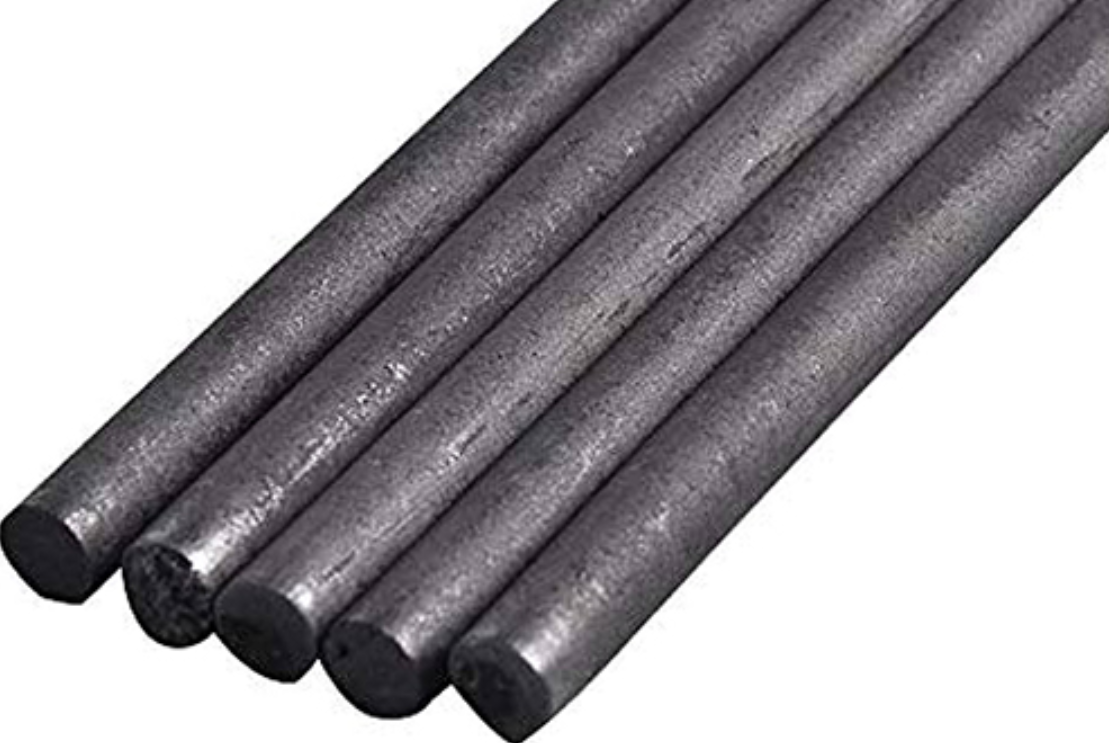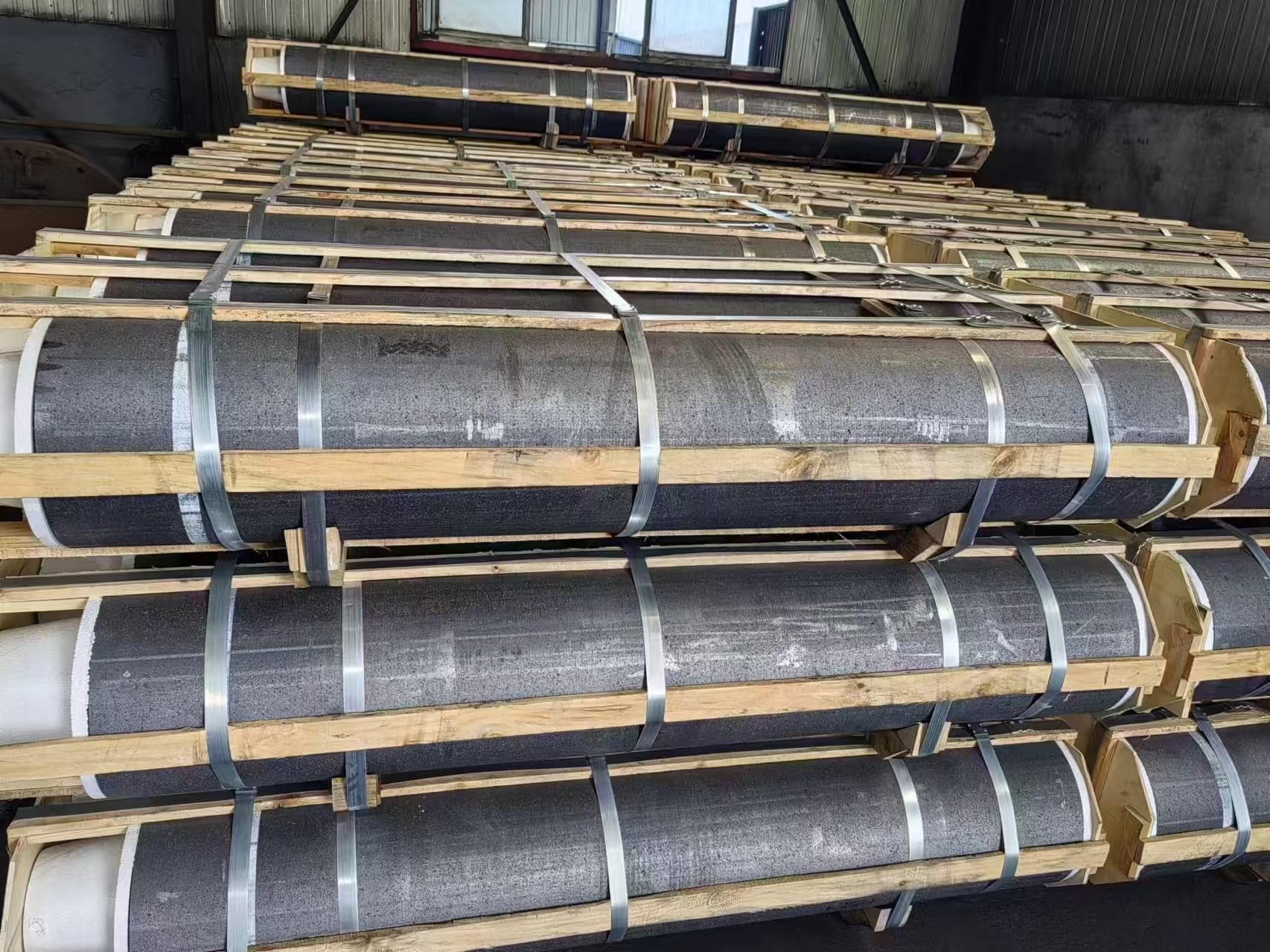Введение
Do you use graphite rods for electrolysis? During electrolysis electricity flows, these rods help. They are able to move ions between an anode and a cathode. In this blog, we’ll help you pick the best rod. And you will also learn about shapes, sizes, and how they work.
Table of Contents
Toggle
What Are the Graphite Rods in Electrolysis?
Graphite rods for electrolysis help make electricity move. In electrolysis, you use these rods. The cathode is an anode and the rods are a cathode. Between them they help ions flow.
It needs about 3,600°C heat to start. The smooth rods of carbon are available to the touch. Their density engine being at 1.74 g/cc keeps them strong. But these rods do not break easily and thus they are good.
What Are the Different Types of Graphite Rods for Electrolysis?
· Synthetic Graphite
Electrolysis works well with synthetic graphite rods. Petroleum coke is what they are made of. The rods can stand 2760°C heat. Electrical flow is handed easily between their 0.00050 Ω-inch resistivity.
These rods can be used in metal refinement. And they are good for making hydrogen. They are strong and stable and survive the process. Цзиньсунь Карбон makes the best graphite rods for electrolysis.
· Natural Graphite
Mined graphite is used to make природный графит rods. They are also conducting electricity. The 6 mm grains of which these rods have a 1.8 g cm³ density. The best they work in is water electrolysis.
These rods are less costly. Graphite rods for electrolysis are often used in small chemical plants. In the need for low temperatures, they are useful.
· Isostatic-Pressed Rods
A special mold is used to make isostatic pressed rods. High pressure is 38,000 lbs/in2, so these rods are capable. They are strong and won’t break. Graphite rods for electrolysis move current fast because of their low resistivity, 0.001 Ω-m. They’ll be in aluminum refining. In high pressure electrolysis they’re extremely useful.
· Extruded Rods
Pushed linear graphite and extruded graphite rods are produced by pushing graphite through molds. Up to 2760°C heat is withstood by them. The rods last a long time; even when temperature is suddenly changed. They improve hydrogen production, using their medium grain.
Rods are good at moving electricity. Because they are strong under heavy use, people use them in electrolysis. Durable extruded rods are available from Цзиньсунь Карбон for many applications.
· Vibration-Molded Rods
Strong vibration-molded rods. They are made with vibration. These rods offer 13,000 psi pressure resistance. Low porosity which means fewer air holes. They last longer in salty solutions. They’re used for refining metals. They are also good for electrolysis where extreme control is needed.
· Purified Graphite Rods
The purification is the cleaned purified graphite rods are cleaned to 99.9% of purity. In electrolysis, where it’s necessary for chemicals to be pure, they’re used. Strong acids do nothing to them because they have a density of 1.9 g/cm³. These are your little rods that help you make metals clean.
As they don’t wear out quickly, they are good for using for an extended period of time. Meeting the highest standards are Jinsun Carbon’s purified graphite rods.
· Ultra-Fine Grain Rods
Ultrafine grain rods are handleable and smooth. It wears less because their tiny 0.001-inch grains wear more slowly. And these rods will be seen in fuel cells. Resistivity is 0.00050 Ω inch, good for high heat electrolysis. They’re strong and won’t break easily. That way, you’ll get results that are good enough when you need them most.
| Type | Source | Grain Size | Производственный процесс | Purity (%) | Density (g/cm³) |
| Synthetic Graphite | Manufactured | Fine | Chemical Vapor Deposition | 99.9% | 1.7-1.9 |
| Natural Graphite | Mined | Coarse | Crushing and Screening | 90%-97% | 1.5-1.8 |
| Isostatic-Pressed | Artificial | Ultra-Fine | Cold Isostatic Pressing | 99.9% | 1.9-2.2 |
| Extruded Rods | Synthetic | Medium | Экструзия | 99.5%-99.9% | 1.7-1.85 |
| Vibration-Molded | Synthetic | Fine | Vibration Molding | 99%-99.9% | 1.75-1.9 |
| Purified Graphite | Natural/Synthetic | Fine/Coarse | Purification | 99.9%-100% | 1.7-2.0 |
| Ultra-Fine Grain | Synthetic | Ultra-Fine | Special Compaction | 99.9% | 2.0-2.2 |
Table on What Are the Different Types of Graphite Rods for Electrolysis!
How to Determine the Right Size and Shape of Graphite Rods for Your Application?
· Rod Diameter
To perform electrolysis simply use a graphite rod with 10mm or 5mm dia. 5 mm are accurate e.g. 4mm 3mm, 2mm etc. The 10 mm rod can handle a current of 0.5 A/cm².
· Length-to-Diameter Ratio
In graphite rods for electrolysis, the rod length is important. A 100 mm long rod is often used with 10:1 ratio. Special work might be served by shorter rods.
· Текущая плотность
Handle 0.5 to 1 A/cm² graphite rods with 1 0 mm diameter. However, they work better when there is more density — up to 1.5 A/cm² — in a large electrolysis facility.
· Surface Area
An area of the rod is 47.1 cm². The right surface area means faster electrolysis. A 5 mm rod has 15.7 cm² area. Pick the size that will be efficient.
· Shape of rod (Cylindrical, Square)
The issue of electrolysis rod shapes matters. Cylinders spread electricity evenly, squares point flat. It is best to use cylindrical rods in fast reactions.
Key Characteristics of High-Quality Graphite Rods for Electrolysis!
· High-Purity Content
You need pure graphite rods. They are over 99.9% pure. Rods can easily reach up to 3000°C, which is anything but cool. Graphite rods for electrolysis come in sizes like 1/8 inch wide. Strong, safe and can’t be easily made to react with chemicals.
· Электропроводность
Graphite rods for electrolysis have low resistivity, around 0.00045 ohm-in. The electricity flows well. They could be used in electrolysis at high temperatures. Additionally, these won’t overheat too fast and they are safe.
· Corrosion Resistance
Graphite rods don’t get damaged by chemicals. The pores in the rods have been filled to special levels to prevent the rods from wearing out sooner. Graphite rods will not get worn out. For use in the electrolysis over years, they’re perfect.
· Oxidation Resistance
In very hot places, these rods still stay strong. Graphite rods do not change shape when it’s hot. They work well at 3000°C. The rods are fine for longer reactions. This means they don’t contain oxygen damage and can be used and reused over and over.
· Механическая прочность
It is a very strong material: graphite rod. It can handle a force up to 38,000 psi. The rods do not break easily. They stay good longer.
Заключение
You learned how graphite rods for electrolysis help move electricity. You know now about types, sizes, and shapes. With many different setups, these rods work. Get better results by picking the best one for your project. For the best rods, visit JINSUNCARBON.



